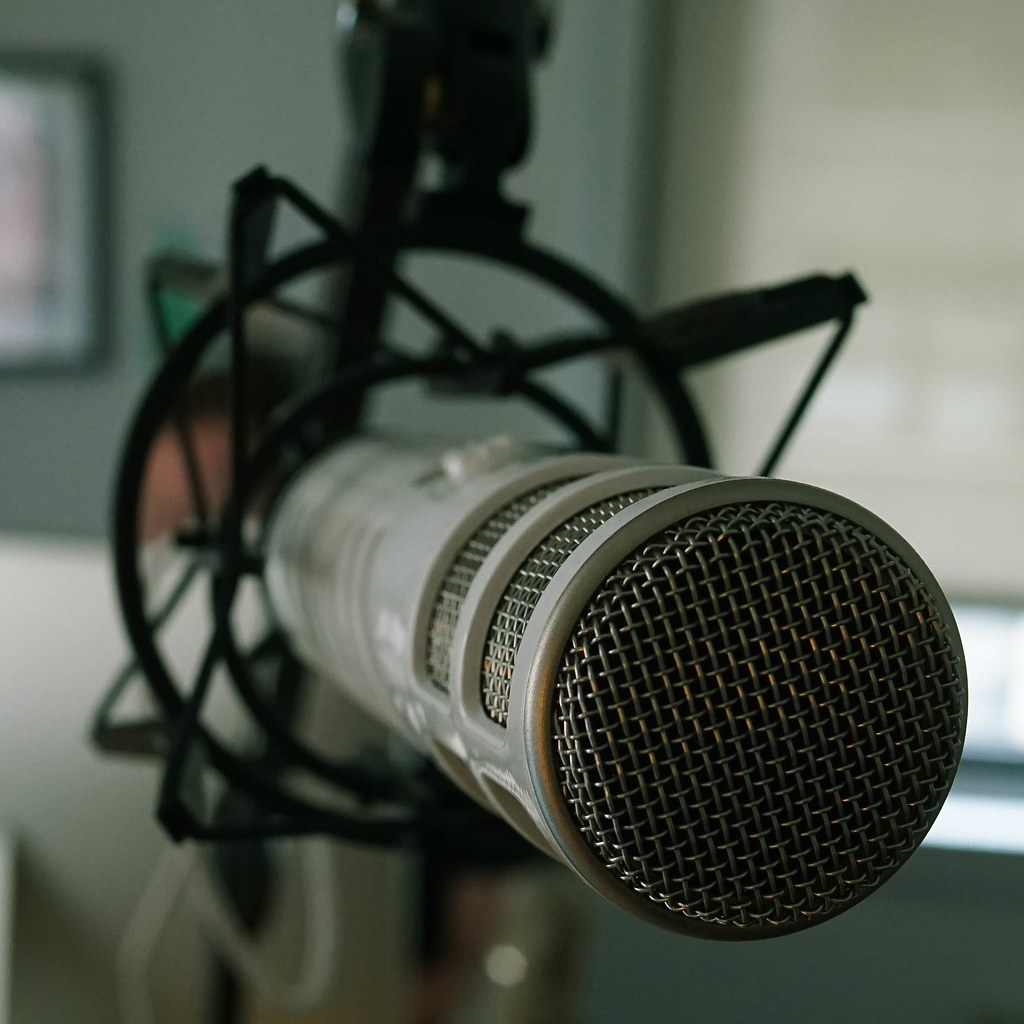Poetry has often been a subject that my students dislike because it was different from what they were used to doing in Language Arts. They had no issues reading it, but writing it, they found it difficult due to the format. In third term, my teaching partner and I decided to change our poetry unit up a bit and included spoken word poetry and had students analyze what the poets were saying. A common theme we found when analyzing spoken word poetry was that a lot of it had to do with identity. We then had our students try to also use the theme of identity in their own poetry. We used a variety of styles of poetry such as diamente and acrostic, and then had students write an “I am” poem.
This got me into looking into Indigenous poets and how they use poetry to speak about their identity and I found the following resources/videos.
The video below would be for an older audience than my own grade 6/7 class due to coarse language, but the poet provides a strong message:
Great example demonstrating poetry and identity:
https://www.facinghistory.org/stolen-lives-indigenous-peoples-canada-and-indian-residential-schools/chapter-2/i-m-not-indian-you-had-mind
Examples of spoken word poetry by Indigenous poets:
https://www.poetryinvoice.com/tags/indigenous
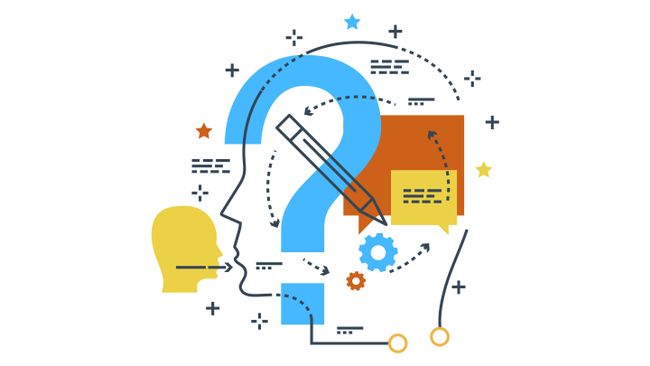
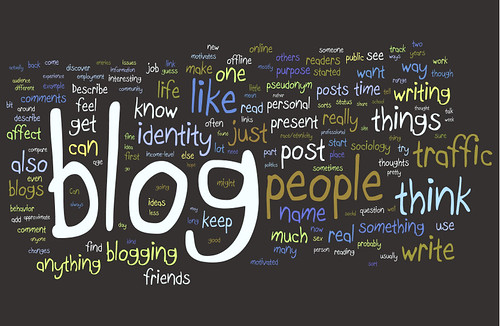
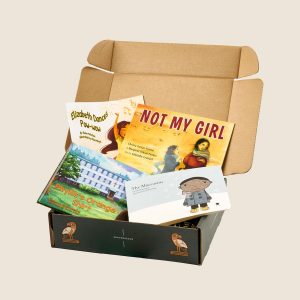
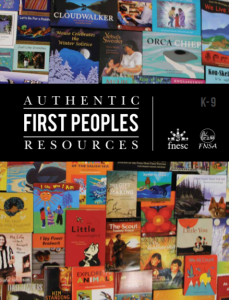 Throughout this course, many of us have discussed the importance of including authentic Indigenous resources in our classrooms. In BC, the First Nations Education Steering Committee and the First Nations Schools Association put together an
Throughout this course, many of us have discussed the importance of including authentic Indigenous resources in our classrooms. In BC, the First Nations Education Steering Committee and the First Nations Schools Association put together an 
